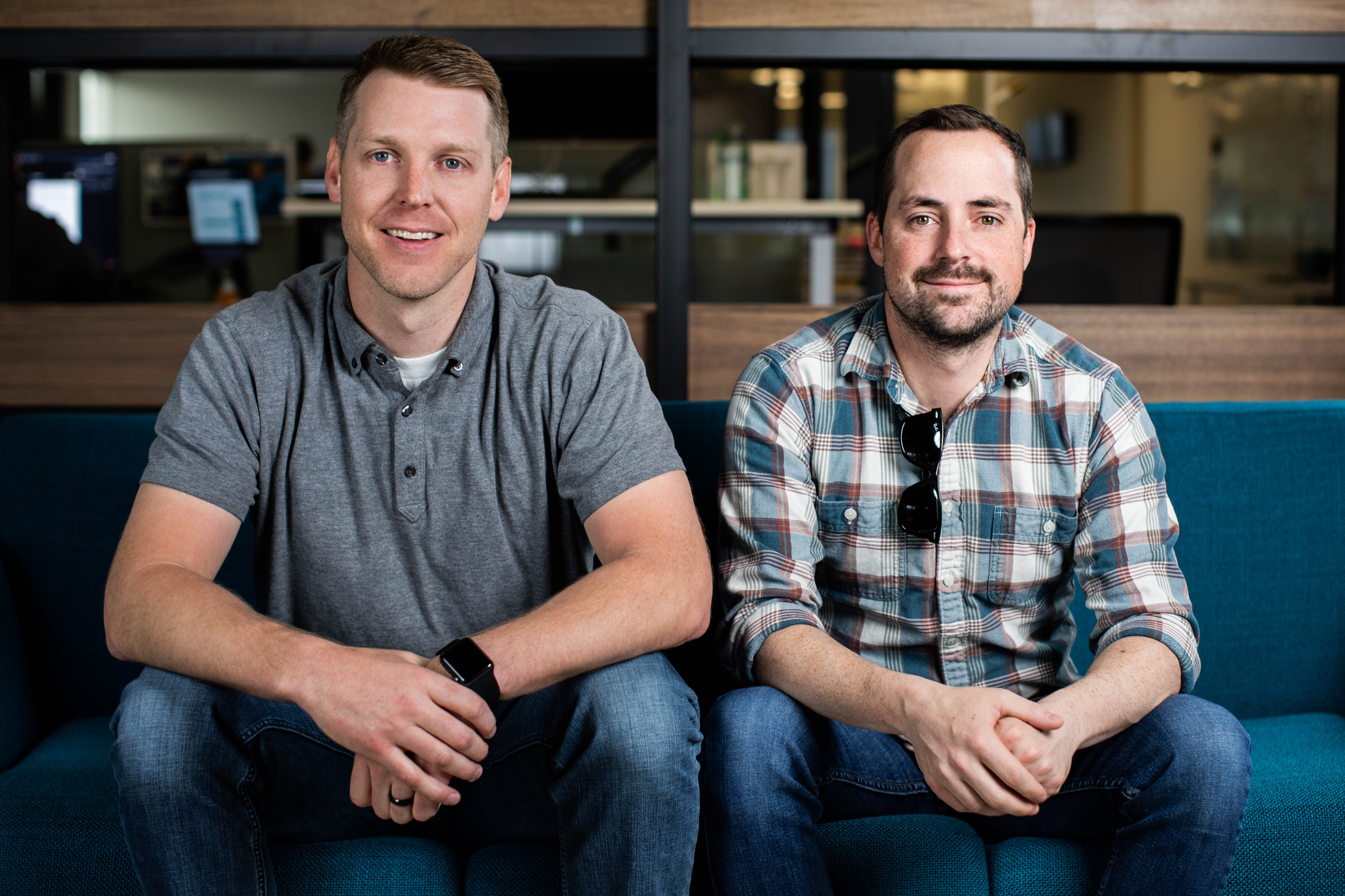In February 2016, Blake Murray wrote down an idea for a business expense and budgeting platform on the back of a napkin. Today, that’s Divvy, a tech-enabled replacement of monthly expense reports.
The company, not to be confused with Divvy Homes or Divvy Bikes, has raised an additional $200 million in venture capital funding as part of Series C financing led by NEA with participation from Pelion Venture Partners and Insight Venture Partners. Murray, Divvy’s co-founder and chief executive officer, declined to disclose Divvy’s valuation though he did confirm it’s grown 4x from the company’s $35 million Series B. According to PitchBook, the Series B financing valued Divvy at $173 million, suggesting a new valuation of nearly $700 million.
For a business headquartered in Lehi, Utah — for a Silicon Valley startup even — that’s a seriously rapid growth rate. Divvy only launched its platform, which allows customers to send and request funds, create virtual credit cards, manage team spending and more, in January 2018. Its valuation has grown 1000 percent since then across three rounds of equity funding. Murray tells TechCrunch the business hasn’t adopted a hypergrowth strategy, opting instead to spend nearly two years carefully crafting and iterating the product before its public launch.

Divvy co-founders Alex Bean (left) and Blake Murray.
“We aren’t taking the route of build fast and break fast,” Murray said. “If you want to disrupt a market you have to be very deliberate in your approach and you have to build powerful experiences that really pull the rug out from under your competition.”
Divvy’s expense tools are free. The business makes money from every transaction thanks to a fee paid by the merchant. That fee is split between Divvy, MasterCard and the issuing bank. The company’s key competitors are legacy expense system Concur and Expensify, a decade-old fellow venture-backed expense manager. Divvy, however, sets itself apart with a user-friendly mobile app and its corporate credit card, features that allow customers real-time visibility into their spending.
“It doesn’t take a genius to recognize that there’s been incredible innovation with B2B software that gives you real-time data,” Murray said. “Whether intentional or not, Divvy is creating a new category. Divvy took what looked like a bunch of disparate ideas, combined them and said holy crap that all makes a lot of sense.”
The company currently counts 200 employees and 3,000 customers on revenue growth of 30 percent quarter-over-quarter. Divvy plans to use the latest investment to bolster product and engineering teams, as well as launch a bill pay product. Next year, Divvy will expand internationally.
The round brings Divvy’s total raised to $245.5 million, not including a $250 million credit facility it secured in January. NEA managing general partner Scott Sandell is joining Divvy’s board of directors as part of the transaction.
The company has previously landed financial support from Utah’s tech unicorn CEOs Domo founder Josh James and Pluralsight co-founder Aaron Skonnard.
Comments
Post a Comment